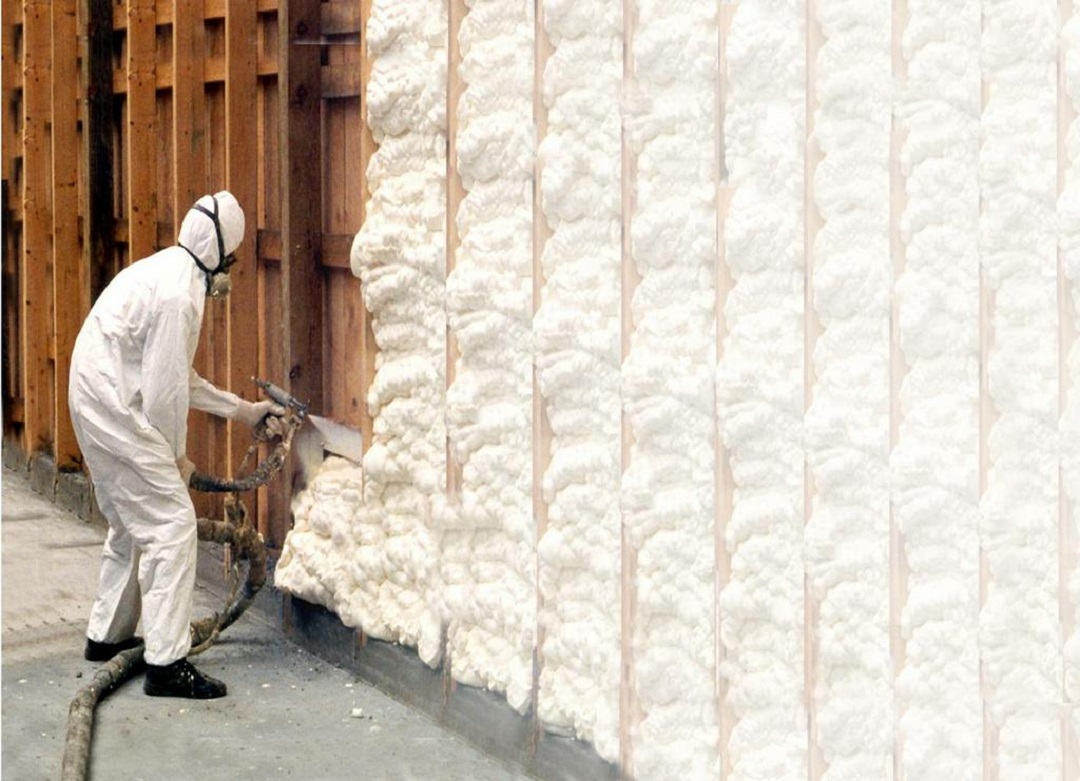So, you’re curious about whether spray foam insulation is more effective than traditional insulation materials. Let’s dive into the comparison and explore how spray foam stacks up against other insulation options.
Spray foam insulation has gained popularity in recent years due to its ability to provide excellent thermal performance and air sealing properties. Unlike traditional insulation materials like fiberglass or cellulose, which are typically installed in batts, rolls, or loose-fill form, spray foam is applied as a liquid that expands to fill gaps and cracks, forming a continuous barrier of insulation.
Advantages of Spray Foam Insulation
One of the key advantages of spray foam insulation is its ability to create an air-tight seal, effectively preventing air leakage and infiltration. Air leaks can significantly impact energy efficiency by allowing heated or cooled air to escape from the building envelope, leading to increased energy consumption and higher utility bills. By sealing gaps and cracks, spray foam helps maintain a consistent indoor temperature and reduces the workload on heating and cooling systems.
Additionally, spray foam insulation has a high R-value, which measures its thermal resistance. A higher R-value indicates better insulation performance and greater energy savings. Closed-cell spray foam, in particular, boasts one of the highest R-values among insulation materials, making it an excellent choice for applications where space is limited or maximum insulation is desired.
Another advantage of spray foam insulation is its versatility and ability to conform to irregular shapes and contours. This makes it ideal for insulating areas with complex geometries, such as attics, crawl spaces, and rim joists, where traditional insulation materials may be difficult to install effectively.
However, it’s essential to consider some potential drawbacks of spray foam insulation. One significant concern is its cost, as spray foam insulation tends to be more expensive upfront compared to traditional insulation materials. The installation process also requires specialized equipment and trained professionals, which can further contribute to the overall cost.
Another consideration is the environmental impact of spray foam insulation. Some spray foam products contain blowing agents with high global warming potential (GWP), which can contribute to climate change if released into the atmosphere. However, manufacturers are continually developing new formulations with lower environmental impact, including water-blown and low-GWP alternatives.
Additionally, there have been concerns raised about the health effects of exposure to spray foam chemicals, particularly during the installation process when off-gassing can occur. While cured spray foam is generally considered safe, proper ventilation and safety precautions are essential to minimize exposure risks.
In summary, spray foam insulation offers several advantages, including excellent thermal performance, air sealing properties, and versatility. However, it’s essential to weigh these benefits against the potential drawbacks, such as cost, environmental impact. And health considerations, to determine whether spray foam is the right choice for your insulation needs.
FAQs (Frequently Asked Questions)
1. Is spray foam insulation worth the extra cost?
While spray foam insulation may have a higher upfront cost compared to traditional insulation materials. Its energy-saving benefits can lead to long-term cost savings on heating and cooling bills. Additionally, the air-sealing properties of spray foam can improve indoor comfort and air quality, making it a worthwhile investment for many homeowners.
2. How long does spray foam insulation last?
When properly installed and maintained, spray foam insulation can last for several decades without significant degradation. However, factors such as exposure to UV radiation, moisture, and physical damage can affect its lifespan. Regular inspections and maintenance can help prolong the longevity of spray foam insulation.
3. Can I install spray foam insulation myself?
While DIY spray foam kits are available, professional installation is generally recommended for optimal results. Proper installation requires specialized equipment, training, and safety precautions to ensure effective air sealing and insulation performance. Hiring a qualified insulation contractor can help avoid potential issues and ensure the job is done correctly.
4. Does spray foam insulation attract pests?
Closed-cell spray foam insulation is resistant to pests like rodents and insects. As it creates a dense barrier that they cannot easily penetrate. However, open-cell spray foam may be more susceptible to pest intrusion if not properly sealed or protected. Taking preventive measures such as sealing entry points and maintaining good sanitation practices can help minimize pest issues.
5. Can spray foam insulation be installed in existing homes?
Yes, spray foam insulation can be installed in existing homes as part of a retrofit or renovation project. It can be applied to various areas, including attics, crawl spaces, walls, and rim joists, to improve energy efficiency and indoor comfort. However, proper surface preparation and installation techniques are crucial to ensure optimal performance and compatibility with existing structures.






